
selenium ntent of different plants
2021-09-24T12:09:44+00:00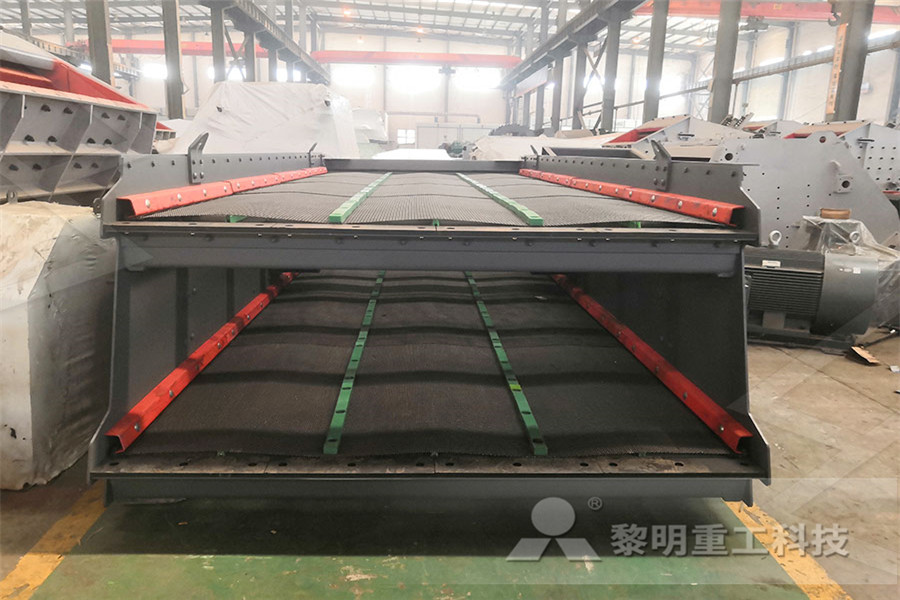
Selenium and plants uniljsi
The selenium content in all parts of plant was found to be less than 200 ng g−1 in nontreated and in the range 2700–4650 ng g−1 in Data of content of selenium and its species in different plants are shown in Table 1 Table 1 Literature data of content of selenium and its species in leaves of different plantsThe selenium content was determined in 44 vegetable samples from different regions of Slovenia and the contents found were in the range 03–77ngg−1 (PDF) Selenium and plants ResearchGateSelenium in Plants The question of whether or not selenium is a micronutrient for plants is still considered unresolved Selenium has not been classified as an essential element for plants, but its role as a beneficial element in plants that are able to accumulate large amounts of it has been considered Uptake and accumulation of selenium by plants is determined by the form and Selenium in Plants Biocyclopedia
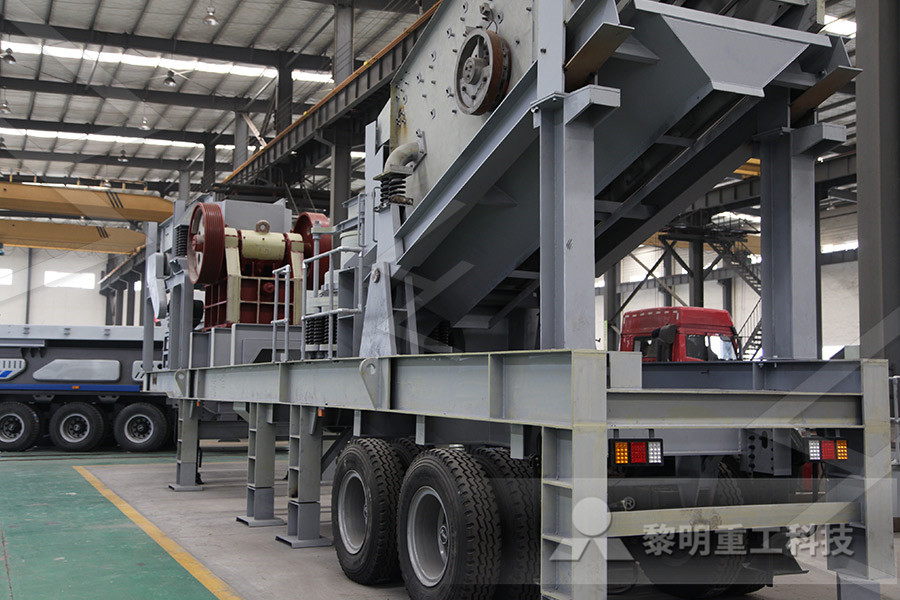
Analysis of Selenium Content in Root and Tuber Plants in
Central Nigeria for selenium content investigation Table 1 shows the results of roots and tubers statistical analysis expressed as number of samples (N), mean values with their standard errors, minimum and maximum values Selenium content (μg/kg) obtained from cassava sam Source: Longman School Atlas, 2003 Figure 1 Selenocystinetreated plants showed enhanced accumulation of sulfur and chlorine compared to the untreated plants The AMF inoculation increased the bulb selenium content by 530%, and the Se biofortification with selenocystine and sodium selenate increased this value by 36% and 21%, respectively, compared to control plantsPlants Special Issue : Selenium Metabolism and Various extraction methods have been used to determine selenium (Se) concentrations in soils and plants in the second seleniferous regions of China Our results show tea Se contents in the study area range from 1009 to 26 mg/kg, which reveal that the tea areas in Ziyang County are in seleniferous regions The four extraction methods evaluated in this study provide different Study on the Relationship between Soil Selenium and
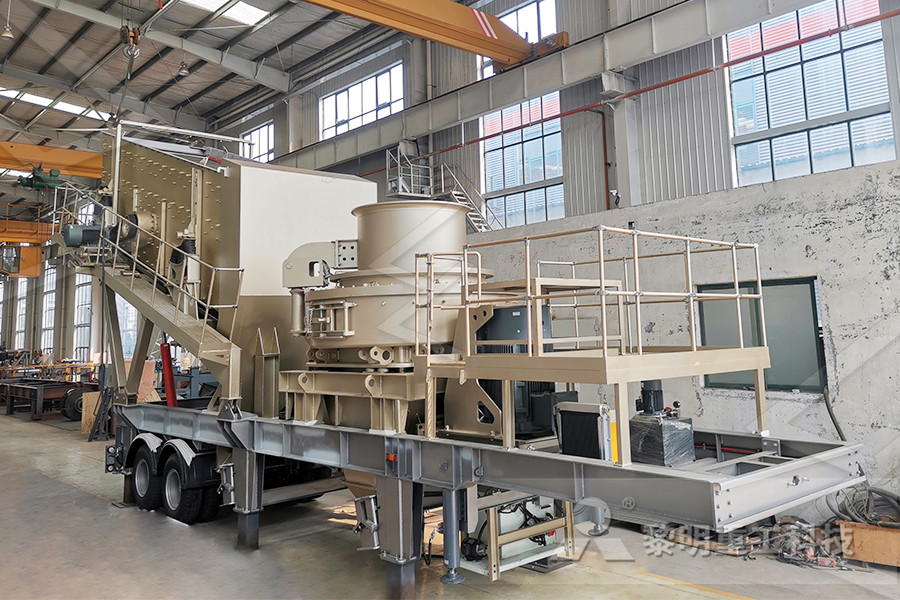
Assessment of bioavailability of selenium in different
Bioavailability of selenium (Se) depends on its speciation rather than total Se content in soil, and available Se content is a crucial indicator of the mobility and toxicity of Se (Li et al, 2010, Tolu et al, 2011) For this reason, accurate measurement and assessment of Se availability in soil has become a hotspot in Se research Vegetation management (phytoremediation) may be a strategy to reduce these soil Se concentrations to nontoxic levels Selenium in plant shoots and depletion of soil Se removal by selected plant species were evaluated over a 1yr period under greenhouse conditionsEvaluation of Different Plant Species Used for Selenium content in food is widely different depending on its concentration in the soil in a given geographical area, the ability of plants to accumulate it, as well as animal feed Other components such as cultivation, climatic conditions, breeding methods, and methods of preparing food products may also have an effect on Se content in food [ 3 ]Quantitative determination of selenium in the most
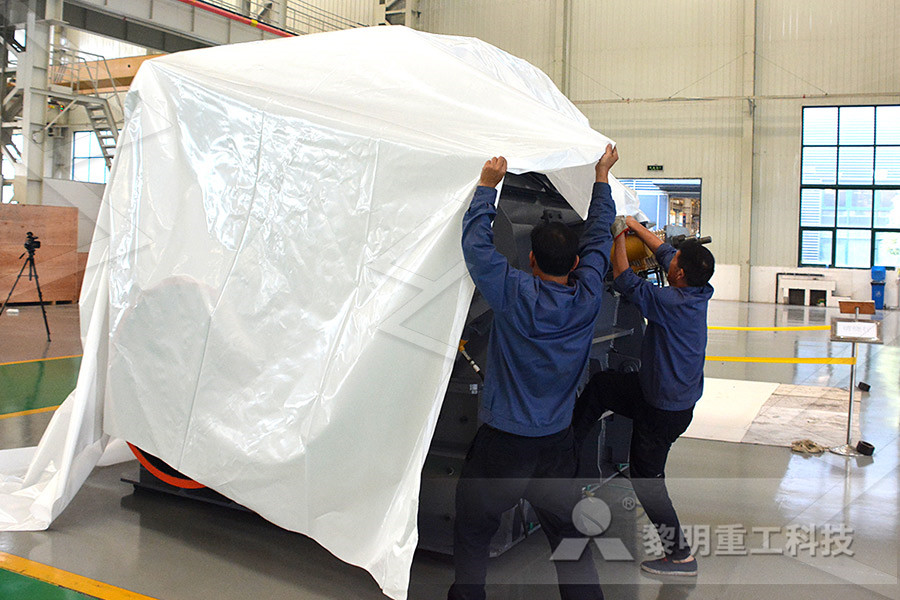
Selenium (Se) uptake and dynamic changes of Se content
In this study, we collected crop plants and associated soil samples and determined these for selenium (Se) content to analyze the uptake, enrichment, and translocation of Se in the different soilplant systems of an agricultural production area, elucidate the dynamic mechanisms relating to Se content in plants and soil during different growth periods, and screen plants for high Se Summary In the present study the selenium and chromium content of different plant foods such as fruits, greens, flowers, vegetables, dried fruits, spices, condiments, cereals and pulses were analysedLevels of selenium and chromium in different Journal of Agricultural Resources and Environment (Dec 2014) Selenium Content, Influential Factors Within the Plant and the Transformation of Different Selenium SpecificationSelenium Content, Influential Factors Within the Plant and
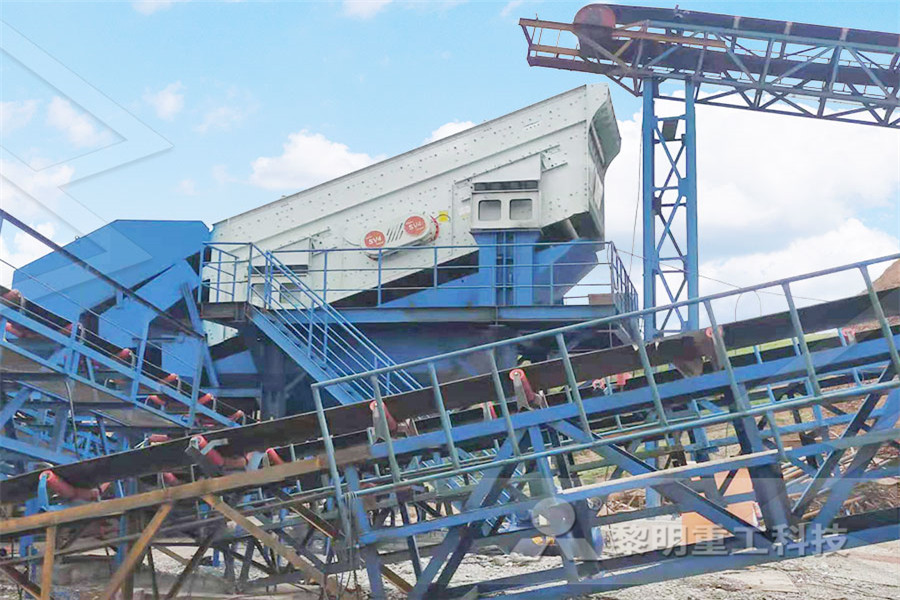
Selenium accumulation by plants Annals of Botany
INTRODUCTION: SELENIUM IN SOILS, PLANTS AND ANIMALS Selenium (Se) is an essential mineral element for both human and animal nutrition (White and Brown, 2010)In humans, Se deficiency is associated with hypothyroidism, cardiovascular disease, a weakened immune system, male infertility, cognitive decline and increased incidence of various cancers Selenium is a metalloid which is close to sulfur (S) in terms of propertiesThe Se concentration in soil varies with type, texture and organic matter content of the soil and with rainfall Its assimilation by plants is influenced by the physicochemical properties of the soil (redox status, pH and microbial activity)Selenium in the Environment, Metabolism and Selenium (Se) in soil mainly consists of selenite, selenate, and elemental Se However, little is known about the mechanism involved in the uptake and biotransformation of elemental Se by plants In this study, the uptake, translocation, subcellular distribution and biotransformation of selenium nanoparticles (SeNPs) in rice (Oryza sativa L), and a Uptake, translocation and biotransformation of selenium
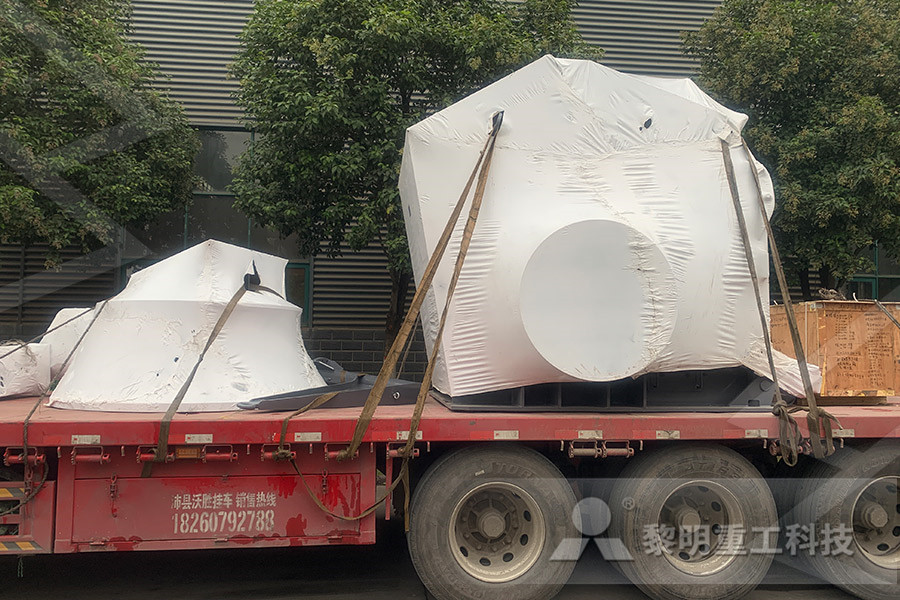
Selenium uptake, translocation and speciation
Selenium concentrations in the xylem saps of the selenitetreated plants were much lower than those of the selenatetreated plants; in the former Se speciation was dominated by the unidentified compound at RT 27 Small Selenium content in food is widely different depending on its concentration in the soil in a given geographical area, the ability of plants to accumulate it, as well as animal feed Other components such as cultivation, climatic conditions, breeding methods, and methods of preparing food products may also have an effect on Se content in food [ 3 ]Quantitative determination of selenium in the most Selenium partitioning across different plant organs is also different for hyperaccumulators: they have higher shoot : root Se ratios and higher source : sink Se ratios, suggesting enhanced Se translocation in xylem and phloem as compared with nonhyperaccumulators (White et al, 2007; Cappa et al, 2014)The fascinating facets of plant selenium accumulation
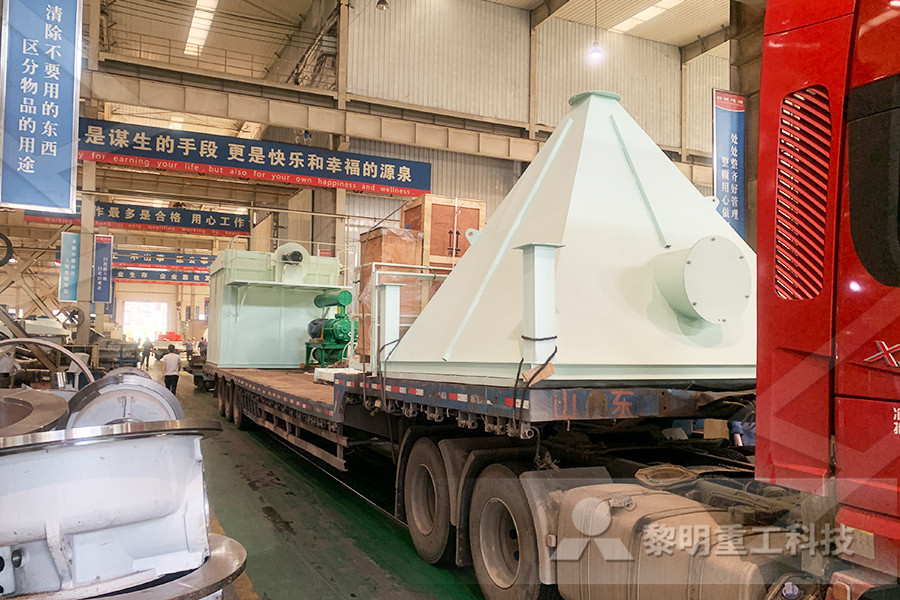
Levels of selenium and chromium in different
Summary In the present study the selenium and chromium content of different plant foods such as fruits, greens, flowers, vegetables, dried fruits, spices, condiments, cereals and pulses were analysedINTRODUCTION: SELENIUM IN SOILS, PLANTS AND ANIMALS Selenium (Se) is an essential mineral element for both human and animal nutrition (White and Brown, 2010)In humans, Se deficiency is associated with hypothyroidism, cardiovascular disease, a weakened immune system, male infertility, cognitive decline and increased incidence of various cancers Selenium accumulation by plants Annals of Botany 【Objective】 In order to determine wheat grain selenium content in different wheat production regions in China, and to investigate factors that influence grain selenium content and agronomic measures that could increase selenium content, a wheat grain sampling and investigation and then a field experiment of foliarselenium application on wheat were conducted【Method】A Selenium Content of Wheat Grain and Its Regulation in

Quick selenium accumulation in the BMC Plant Biology
The element selenium (Se) deficiency is thought to be a global human health problem, which could disperse by dailysupplement from Serich food Increasing the accumulation of Se in rice grain is an approach matched to these nutrient demands Nonetheless, Se is shown to be essential but also toxic to plants, with a narrow margin between deficiency Selenium content in chicken eggs is affected to the greatest extent by the diet of hens Selenium in the egg yolk is present as a phosphoavidin—bound form, whereas in hen’s egg as ovalbumin—bound form The same products originating from different countries contain different concentrations of selenium Modified milk for children contains Selenium–Fascinating Microelement, Properties and The selenium content and species of both plant and animal foodstuffs depend on environmental conditions, in particular, the quantity and species of selenium to which the animal/plant is exposed (6, 24)Selenomethionine is predominant in cereals, and selenium concentrations vary from 001 to 055 μg/g fresh weight (), whereas in other plant foods the content is generally lower, with Selenium bioavailability: current knowledge and future
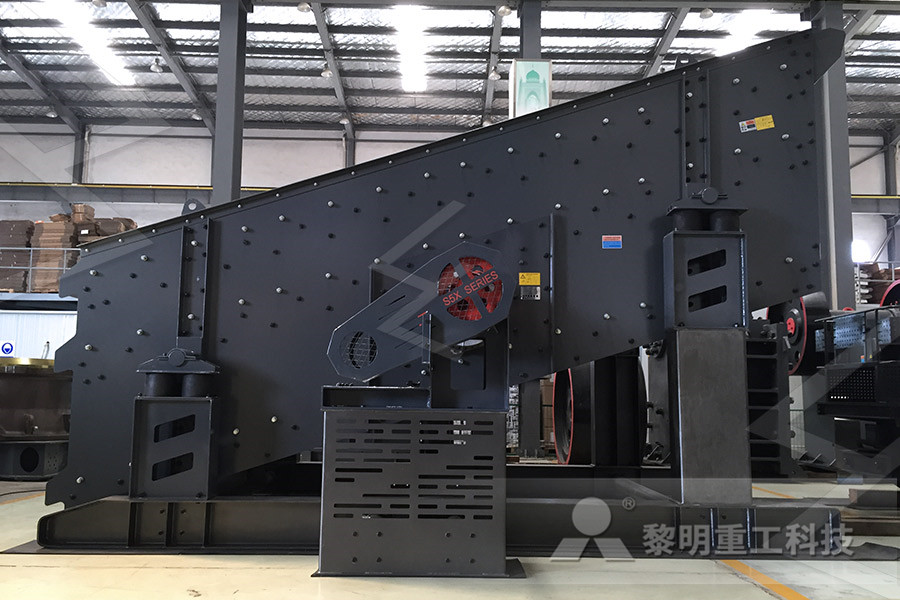
Effects of selenium hyperaccumulation on plant–plant
Plants can also volatilize Se, in the forms of dimethylselenide or dimethyldiselenide, which have a pungent odor that helps to identify Serich plants (Terry et al, 2000) Some plants even actively accumulate Se to concentrations between 01% and 15% of DW, typically 100fold higher than other species growing on the same site (Beath et al Selenium is an essential trace element and is an essential component of many enzymes without which they become inactive The Se nanoparticles of varying shape and size may be synthesized from Se salts especially selenite and selenates in presence of reducing agents such as proteins, phenols, alcohols and amines These biomolecules can be used to Plants and microbes assisted selenium nanoparticles There are different types of metallic nanoparticles including Gold, Silver, Copper, Iron, Selenium and many others Biological synthesis of SeNP can be done by bacteria, fungi, and plants (Green Biogenic selenium nanoparticles (SeNPs) from citrus fruit
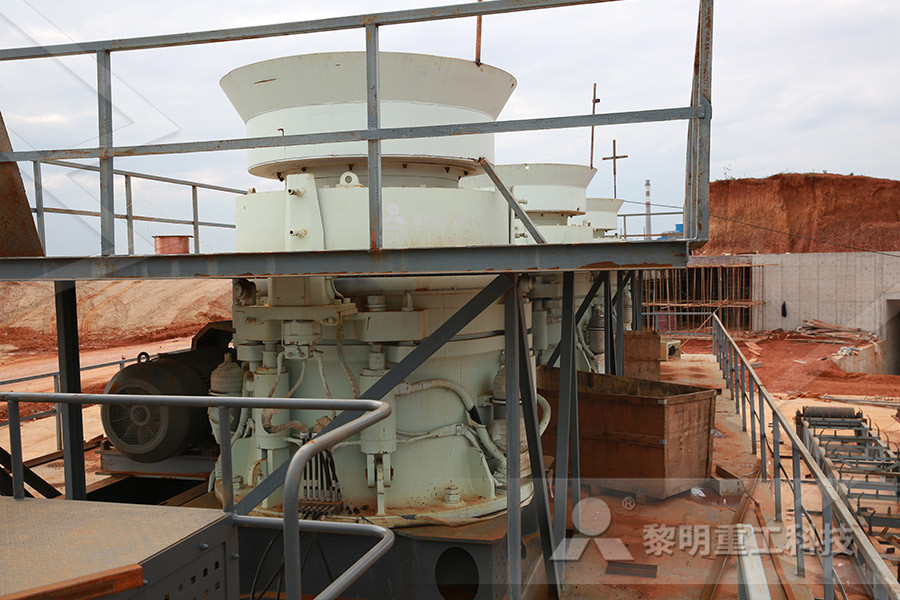
Selenium Content of Some Volcanic Rocks From Western
any marked difference in the selenium content of the volatile products from different eruptions of the same volcano, or in similar products from different volcanos, New information of the selenium content of some samples of volcanic rocks from the Hawaiian Islands and several Western States is pre sented here
- máquinas de revisión para la separación de acero
- de molienda precios de molino en el sur de África
- planta de cantera para la venta
- proceso de mineral de sulfuro de niquel
- jaw crusher jaw crusher manufacturer crusher machine jaw
- ntaminaci33n producida por las trituradoras de piedra
- molino de bolas para la fabricación de arena
- que clases de molinos hay
- trituradora vermeer 1000 dc
- Miniatura Molino De Viento Saf
- grinding nveying systems eu
- tipos de maquinas mineraça
- definición de carbón trituradora de
- molino de superficie para piso en venta en saudi
- los usos de la mandibula trituradora de piedra
- maquinaria necesaria para la trituradora de piedra
- areia que faz a linha de produ o
- máquina de trituración de piedra se utiliza en Bolivia
- sas a tener encuenta antes de prar un granulador
- Como Desarmar un Contraeje De una chancadora de 41 4
- equipo de molino de piensos utilizados para la venta canadá
- venta de piedra para molienda
- molinos de martillo para la venta en zambia
- molino de bolas para mineria artesanal precio
- plantas industriales distribucion
- list steel mills india
- diagrama de flujo vertical
- tipos de trituradoras de esmbros
- Trituradoras De Mandíbula
- mobile al ne crusher suppliers in







































